What are Aspect Ratios, and Why do we need them?
When it comes to visual content, aspect ratios play a crucial role in determining how images and videos appear on screens. In simple terms, an aspect ratio refers to the proportional relationship between the width and height of an image or video.
Understanding Aspect Ratio
Aspect ratios are expressed as a ratio of two numbers, separated by a colon. The first number represents the width, while the second number represents the height. For example, the common aspect ratio of 16:9 indicates that the width is 16 units and the height is 9 units.
Common Aspect Ratios
1. 16:9:

This aspect ratio is widely used in modern devices, such as televisions, computer monitors, and smartphones. It is known as the standard widescreen format and provides a wide, cinematic viewing experience.
2. 4:3:
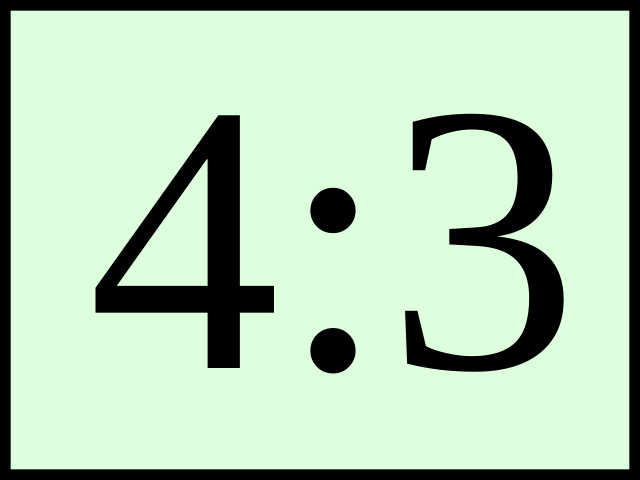
This aspect ratio was prevalent in older televisions and computer monitors. It is more square-shaped compared to 16:9 and was the standard for many years before widescreen displays became popular.
3. 21:9:

Also known as ultra-wide or cinematic aspect ratio, 21:9 offers an even wider viewing experience, similar to what you would find in a movie theater. It is commonly used in high-end monitors designed for immersive gaming and multimedia content.
4. 2.35:1:

This aspect ratio, often referred to as the cinema scope ratio, is commonly used in cinemas to provide a wider, more cinematic experience. It is characterized by a long, rectangular shape, ideal for movies shot in widescreen format.
Aspect Ratios and Content
Understanding aspect ratios is essential when creating or displaying content. It ensures that images and videos are displayed correctly without being stretched or cropped. Different aspect ratios may be more suitable for specific types of content:
- 16:9: Ideal for most videos, presentations, and general multimedia content.
- 4:3: Still used for some older presentations or specific purposes, but less common in modern contexts.
- 21:9: Great for panoramic images, cinematic videos, and gaming experiences.
- 2.35:1: Perfect for movies and cinematic content, providing a wider viewing experience.

Featured Product: Elite Screens Aeon Series A8K Home Theater Fixed Frame Projector Screen (CineWhite), 2.35:1 Aspect Ratio
Enhance your cinematic experience with the Elite Screens Aeon Series A8K Home Theater Fixed Frame Projector Screen. With a 2.35:1 aspect ratio and CineWhite material, this screen delivers stunning image quality and is ideal for movies and cinematic content. Immerse yourself in the world of widescreen viewing.
Visit our store or check out our website for more details on this product and other audio/video solutions we offer.
TL;DR (Too Long; Didn't Read)
Aspect ratios determine the proportional relationship between the width and height of images and videos. Common aspect ratios include 16:9, 4:3, 21:9, and 2.35:1. They have different applications and suitability for various content types. Adapting content to different aspect ratios can be done through letterboxing or pillarboxing.
Conclusion
Aspect ratios are important considerations when working with visual content. Understanding the different aspect ratios and their applications can help ensure that your images and videos are displayed properly across various devices and platforms.
Remember to consider the aspect ratio requirements when creating or sharing content to deliver the best visual experience for your audience.

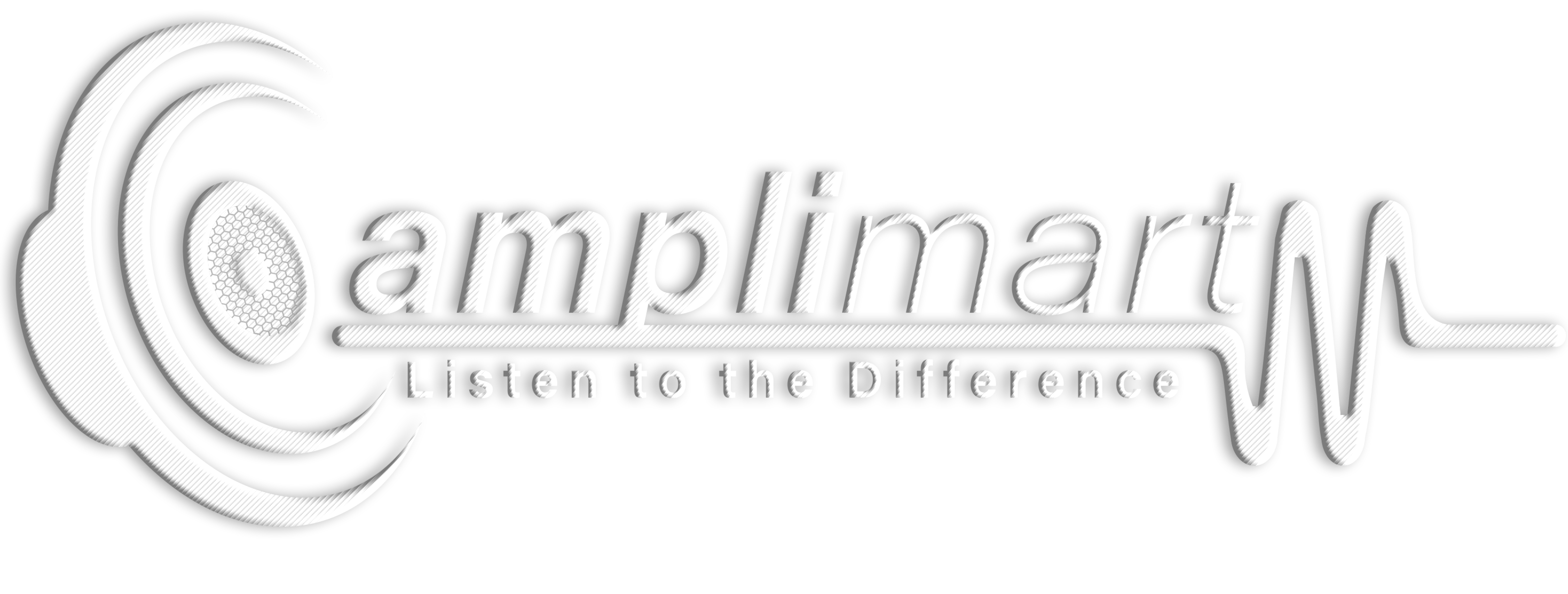
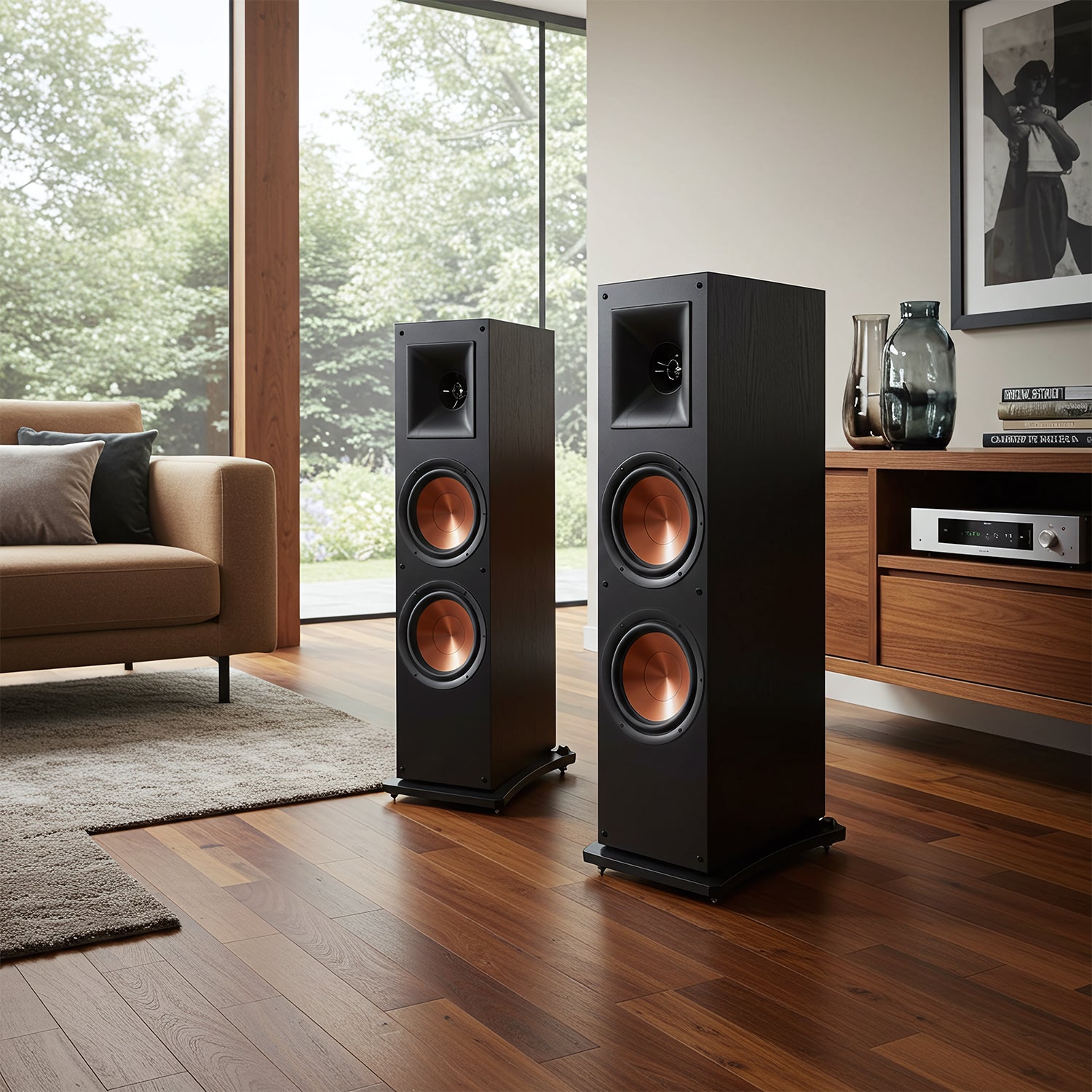

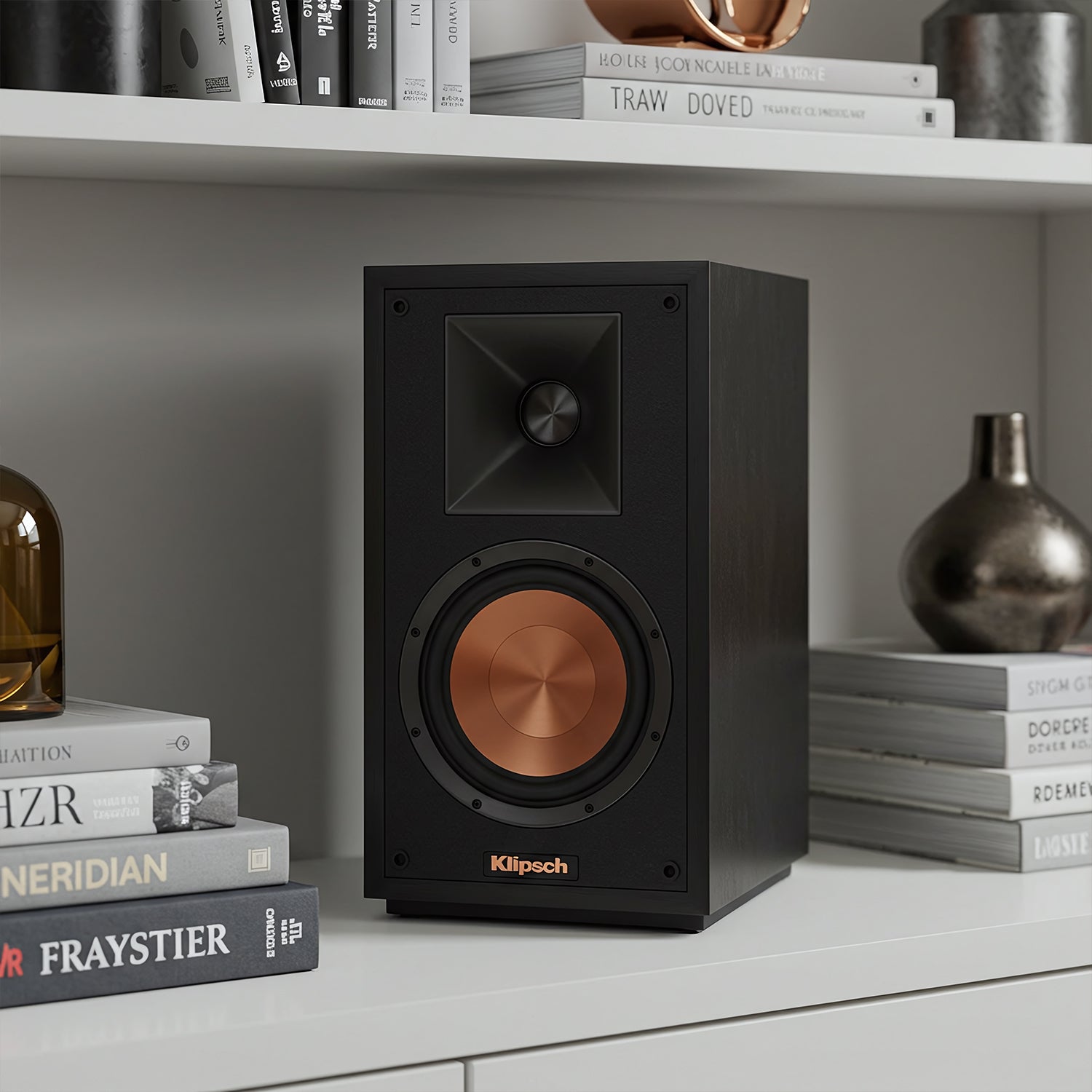
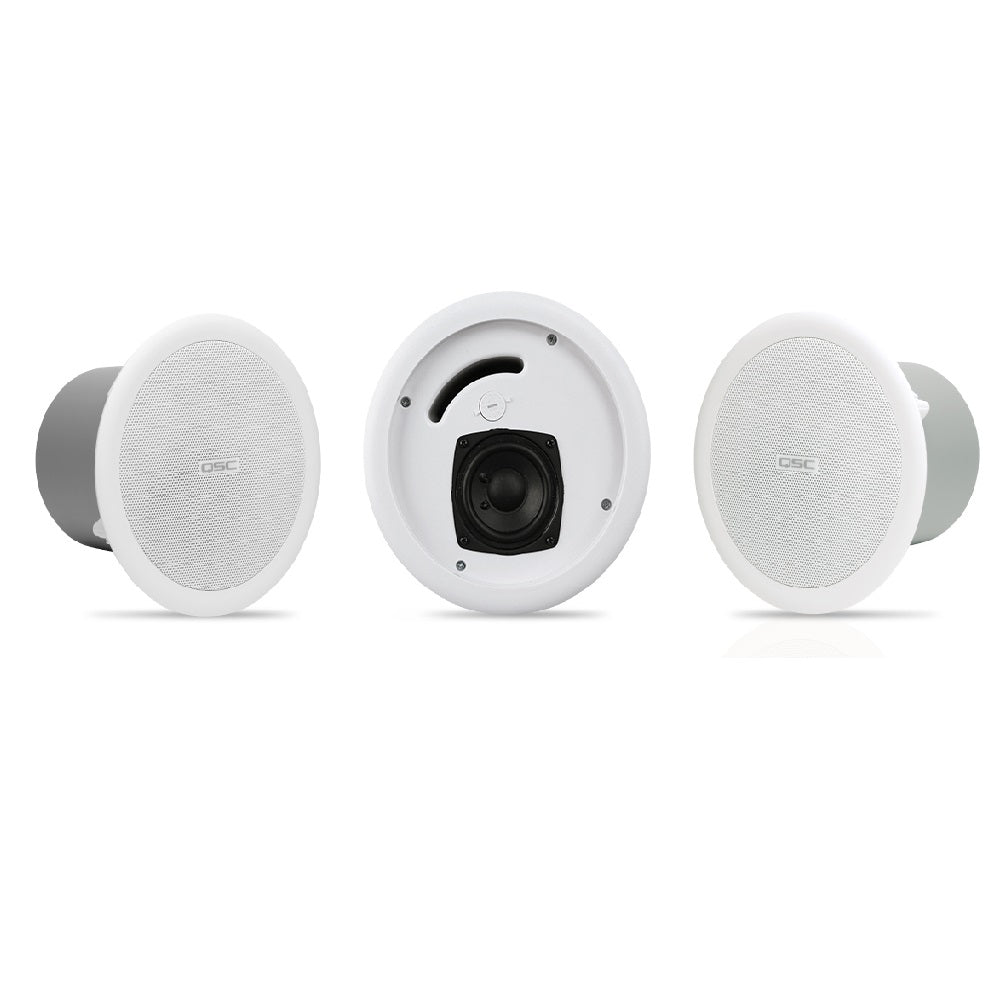
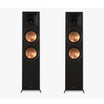
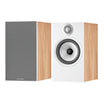

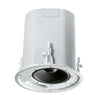
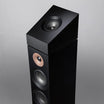
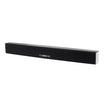
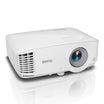
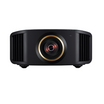

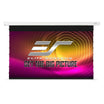
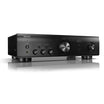

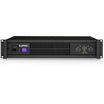

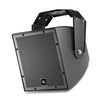
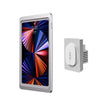

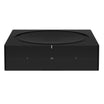
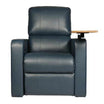
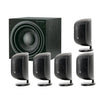
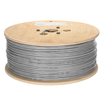
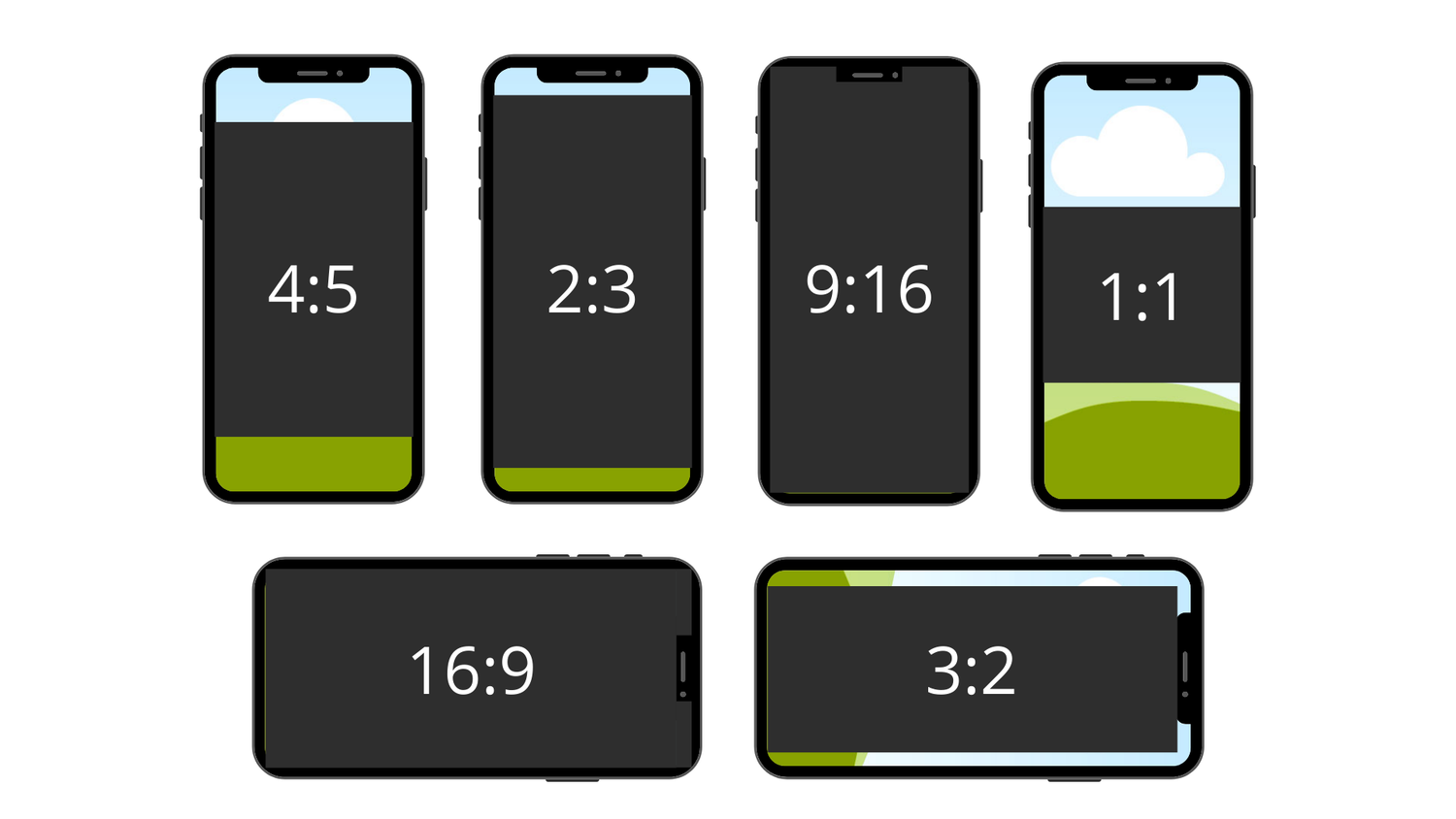
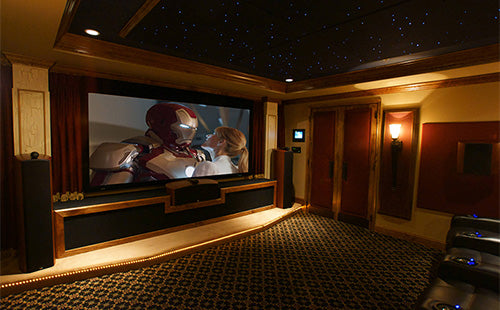
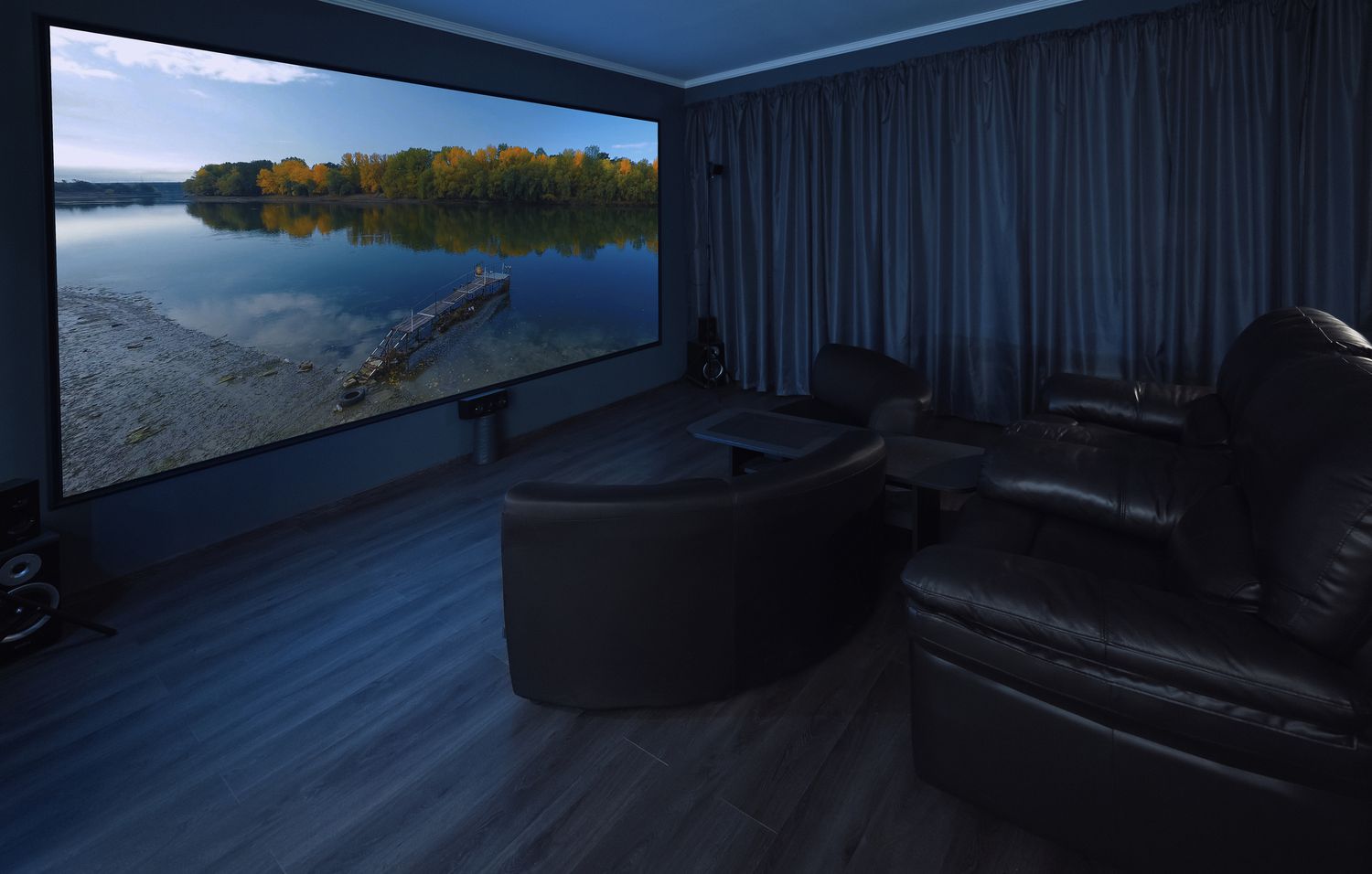
Leave a comment
This site is protected by hCaptcha and the hCaptcha Privacy Policy and Terms of Service apply.